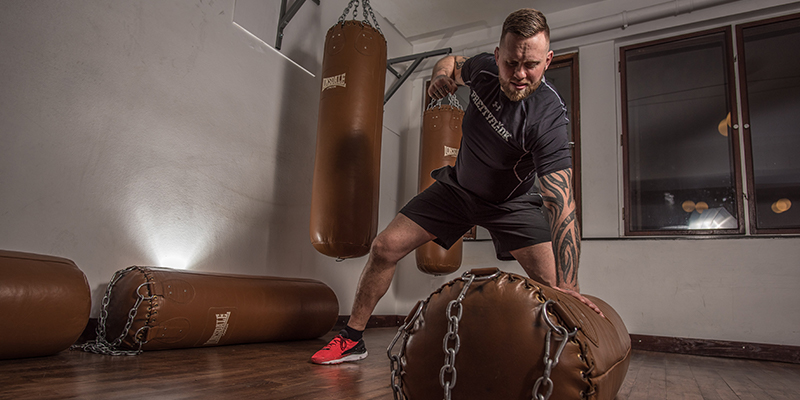Kickboxing training is a great way to get fit, learn self-defence and have fun. Kickboxing is an intense cardio workout that can burn up to 900 calories per hour. It’s also a great way to gain confidence in yourself by learning how to defend yourself without the use of weapons. In this blog post, you will find out what kickboxing training is, why it has become so popular around the world and the 3 benefits of taking part in a kickboxing class!
Benefits Of Kickboxing training:
Stress Buster

Kickboxing training is a good way to relieve stress and release pent-up emotions. Some people find that activity also clears their minds from other activities and hardships in life. Punching a sandbag after a long day at work can help relieve stress and provide some mental comfort.
Pushes Your Body

It offers many health benefits such as boosting your metabolism, improving cardiovascular fitness, strengthening muscles around the heart area which improves blood flow and helps prevent high cholesterol levels. Kickboxing involves high-intensity interval training as well to prepare your body for impromptu combat or for your performance in life. It is a form of exercise that offers the perfect balance between intense cardio workouts and strength training.
Improves Self Defence

Kickboxing class will give you an opportunity to learn self-defence skills in case you ever need them. Self-defence skills are vital for one’s strong foothold in the world and help to elevate confidence by making you feel secure. Abusing your skill for the wrong reasons instead of self-defence is quite wrong and one should never misuse the art of self-defence.
Improves Mobility

Kickboxing helps to improve mobility in the body. The constant motion will help you to train your body in a new way and improve your mobility. This is especially useful for people with certain disabilities or injuries that limit their movements, such as spinal cord injury or immobility caused by poor posture or inactivity.
